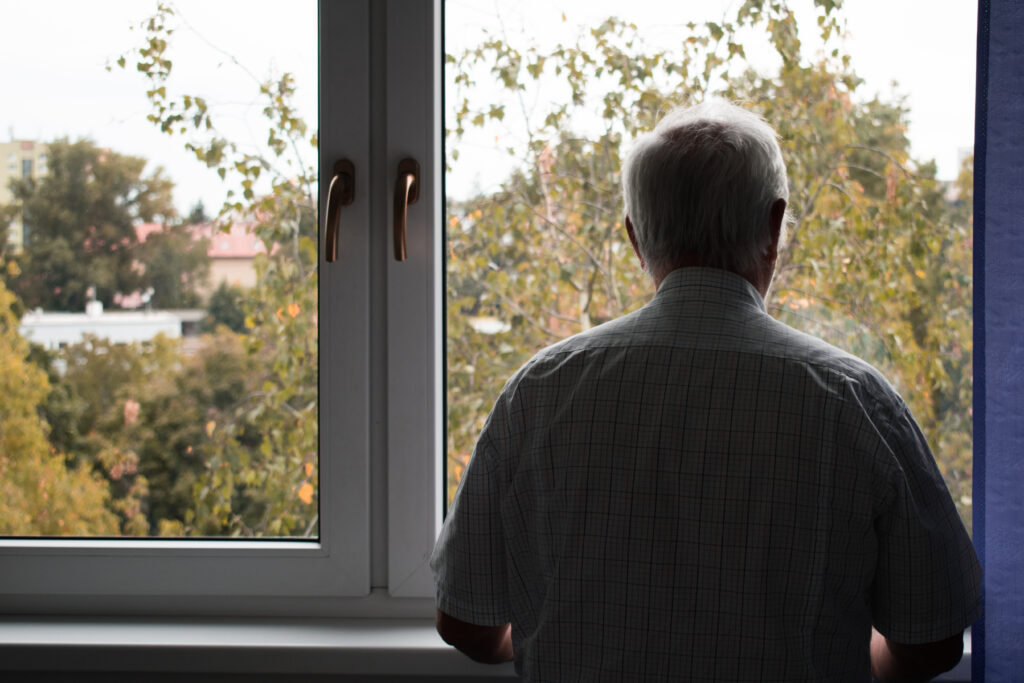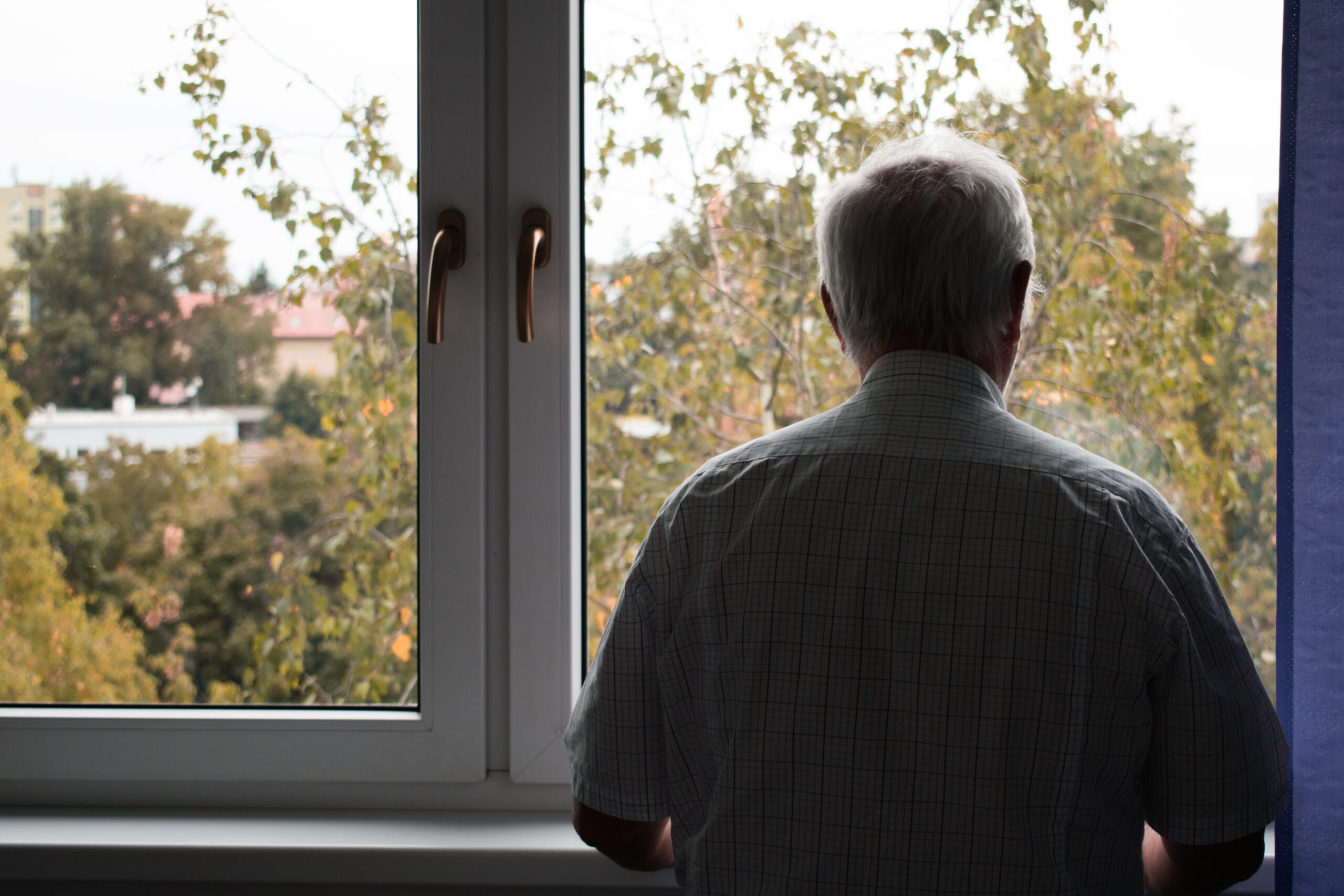Many myths and misconceptions surround the aged care industry in Australia and can make it difficult to access the information that you need.

My Care Path’s team of expert aged care coordinators is here to dispel misinformation. We help elderly Australians, their families and loved ones navigate the aged care system with ease and clarity. We can help you find the best care for your specific circumstances.
1. Residents are locked into one aged care facility – myth
Older Australians are not ‘locked in’ to permanent aged care facilities. Just as your permanent address can change if you move house, there is flexibility to move in aged care too.
There may be charges associated with moving out of an aged care facility. Typically fees could be a seven–14 day notice period, or similar, but can vary.
Additionally, residents are not physically locked into an aged care facility. While doors are locked for safety reasons, residents are permitted to leave any time if they have the ability to do so. Visitors can come and go freely.
2. Aged care is not affordable – myth
The perception that quality aged care is only accessible to those with money is false. Quality, affordable accommodation is available for every financial bracket, and the aged care system caters for people from a range of different backgrounds. While not everyone will be able to afford every facility, there are still good options, even if you don’t have a lot of money. There is also a a variety of ways to pay for your accommodation.
3. You have to sell your home if you move into aged care – myth
This is false. Whether or not you wish to sell your home before you move into aged care is your choice. However, it is important to understand the consequences of home ownership while in aged care. Keeping your home may incur or affect fees and charges, including your pension, if you lease it out.
4. All aged care facilities are the same and can meet every client’s needs – myth
This is a dangerous misconception about aged care. All facilities are different, and not all facilities have the resources to look after individual’s specific needs, especially for more advanced illnesses such as dementia.
You do not have to take the first vacancy that is offered. It’s important to compare options and consider the facility as a whole, not just a room. Will you fit in to the community, and can they offer the level of care needed?
Differences in facilities may include the physical environment (the building itself, as well as individual rooms), setup and care models, the program of activities, religious and cultural mix and extra services on offer.
Facilities have a right of refusal if they do not feel that they can meet your needs in the current vacancy, or that you will not fit into their facility mix.
5. There is no one to help you move into aged care – myth
As a trusted independent advisor, My Care Path offers aged care coordination services that are designed to help people identify appropriate aged care options and navigate the administrative side of the process.
6. Public aged care facilities are better than private aged care facilities – myth
There are significantly more private residential aged care facilities than public or state-owned facilities. As an example, in Victoria alone, 5,400 out of 50,000 beds are in the public system. These public aged care places are largely in regional areas, usually small and attached to a hospital. This means that it is more likely you will end up in private care. Private residential aged care includes both for-profit and not-for-profit facilities.
All facilities, including public, private for-profit and not-for-profit residential care, are managed under the same federal regulatory system, but are run by individual providers.
7. More information makes the situation more transparent – not always true
Especially in a complex area such as aged care, transparency requires more than simply an increase of available information. The jargon used in the aged care industry is often difficult to understand for those outside of the profession. We need to ensure that information is accessible and available in a format that everyone can understand, including people from culturally and linguistically diverse backgrounds. To create transparency, information needs to be accessible and consistent in both language and process. My Care Path can help you understand everything you need to know, to make a confident and informed decision, based on your unique situation.
Contact My Care Path today!
My Care Path is an independent, aged care advisory service with more than 10 years’ experience in the industry. Our consultants are available nationwide.









